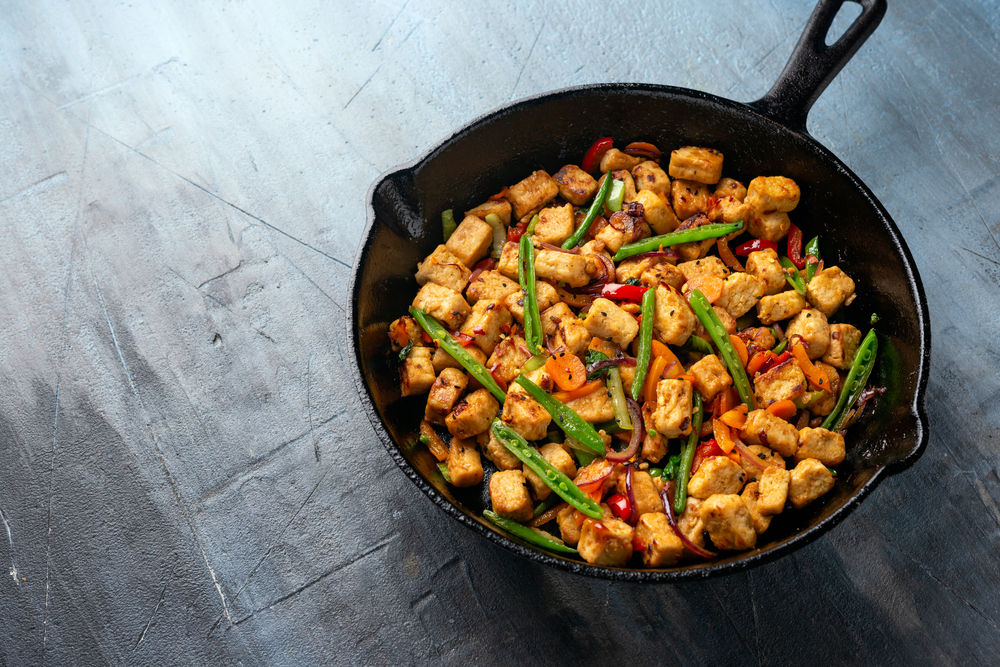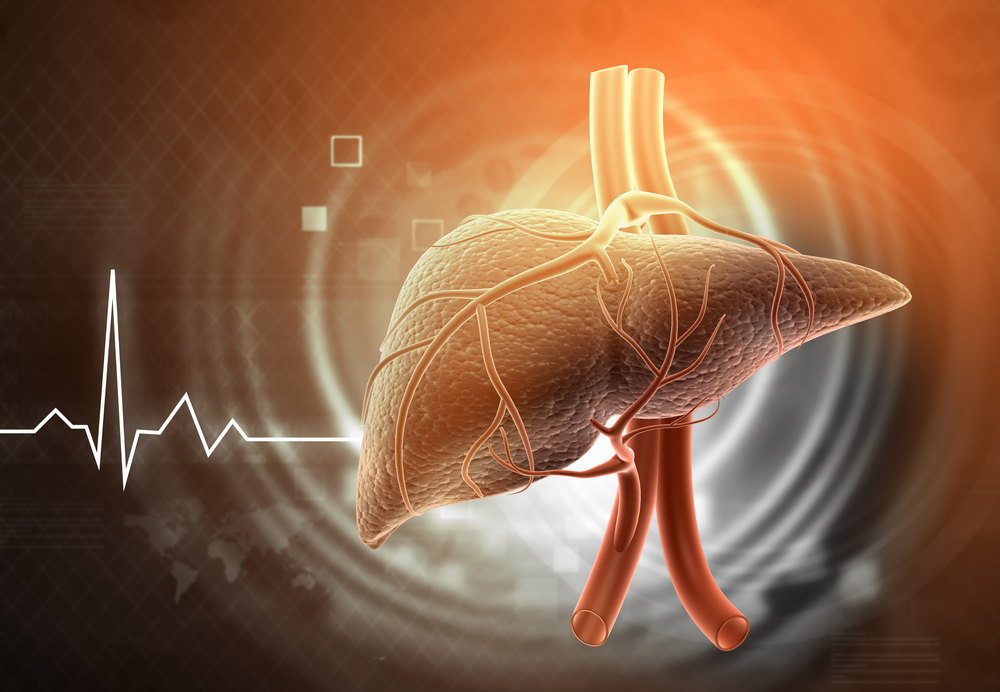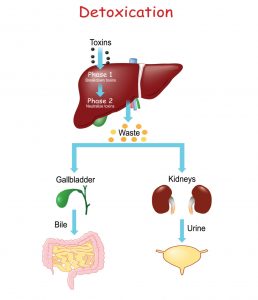WORDS ALFRED C CHEUNG
 FEATURED EXPERT FEATURED EXPERTALFRED C CHEUNG Certified Food Scientist Co-Founder of Ultimeat |
SUSTAINABLE, ALTERNATIVE OPTIONS FOR PROTEIN ARE SOARING IN POPULARITY
In fact, according to the strategic consulting firm EY-Parthenon, the alternative protein market is projected to reach US$17.4 billion in 2027!
Locally, leading data and analytics company GlobalData reports that the Malaysian meat substitutes market is set to expand at a value compound annual growth rate or CAGR of 7.4% throughout 2023 to 2027.
BUT WHAT ARE THE OPTIONS FOR ALTERNATIVE PROTEIN IN THE MALAYSIAN MARKET?
Typically, the average Malaysian supermarket will carry a range of plant-based proteins like soy-based tofu or wheat-based seitan, and many of these products are great choices. Not only do they have a lower environmental impact in comparison to animal agriculture, but they also make up an essential part of vegetarian and vegan diets, with the necessary amino acids for building and repairing tissues in the body.
However, Malaysians love trying new and interesting foods—and there is a lesser known and potentially more suitable alternative protein out there!
Let me introduce you to the wonderful world of mycoprotein, a fungi-derived product, and how it’s an underrated, viable, and eco-friendly alternative to traditional animal proteins.
THE FUNDAMENTALS OF FUNGI
Mycoprotein is created through a process known as biomass fermentation.
Basically, this process utilizes the high-protein content and rapid growth of fungi to efficiently make large amounts of protein-rich food.
Since fermentation is a natural process, this has the added benefit of being much cheaper than other methods of creating alternative protein products.
Take extrusion, for example, which uses moisture, high heat and mechanical energy to produce meat substitutes in a matter of seconds. While the extrusion process is quicker, it is significantly more expensive. In contrast, fermentation uses less energy and utilizes carbon and nitrogen sources, which as a bonus is better for the environment!
RESEMBLES TRADITIONAL MEAT IN TASTE & TEXTURE
The use of fungi to produce mycoproteins also allows for a closer approximation of taste and texture in comparison to meat.
In fact, the mycelium, the network of threads throughout fungi, branches and develops in a surprisingly similar pattern to real meat muscles during the fermentation process.
This elevates the authenticity of mycoprotein as well as give mycoprotein a closer resemblance to traditional meat in terms of texture and taste. This distinguishes it from other plant-based proteins that often lack such genuine resemblance.
THE NUTRITIONAL MERITS OF MYCOPROTEIN
Mycoprotein provides high levels of protein and fibre while containing low fat, low sodium, and zero cholesterol.
Additionally, its protein quality surpasses that of some conventional meats. When mycoprotein-based products are cultivated from mushrooms specifically, they can boast high levels of glutamic acid, an amino acid that helps with metabolism, brain, and cardiac functions.
FROM FUNGI TO FEAST
At the heart of it all, choosing mycoprotein doesn’t just offer a sustainable and nutritious option but a cost-effective solution, as well.
In this sense, mycoprotein products provide Malaysians with a high-quality alternative protein at a reasonable price, paving a path towards a meat-free future.



 ANAS ALMASWARY
ANAS ALMASWARY PROFESSOR DR SUZANA SHAHAR
PROFESSOR DR SUZANA SHAHAR

